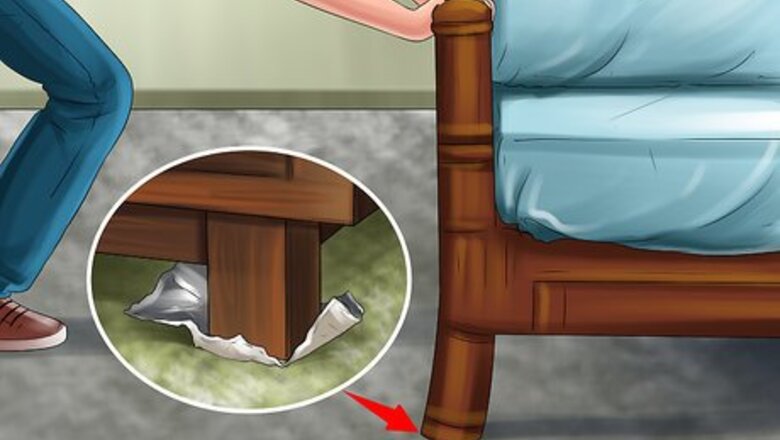
views
Cleaning the Room
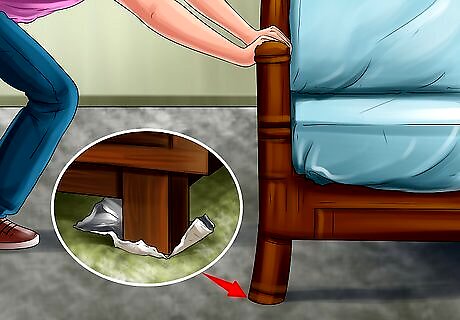
Remove everything from the room. Steam cleaning is most effective when you remove all toys, papers, and general clutter from the floor. Move all tables, chairs, and furniture out of the room. Clear as much of the floor space as you can. If some furniture is too heavy to move, place squares of wax paper, foil, wood blocks, or plastic film under the legs to protect them from the moisture of the steam cleaner. You can’t clean the carpet completely if you leave furniture in the room. If you don’t have room to move the furniture to another room, move it all to half of the room and do the room in two separate sections. Let the carpet dry before you move furniture back to the already cleaned half.
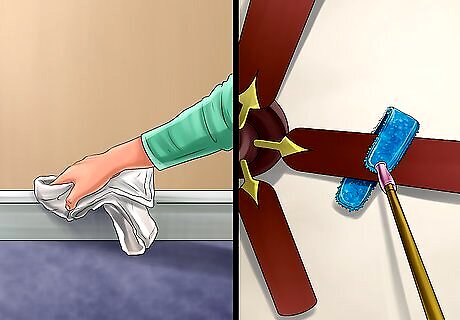
Dust the baseboards. As you run the steam cleaner, you might knock dust off the baseboards if you don’t dust them beforehand. Use a dust cloth with wood polish or a long handled duster to remove as much of the dust as you can. Dust ceiling fans and corners of the ceiling to prevent extra dust from falling on the carpet after you have steam cleaned them.
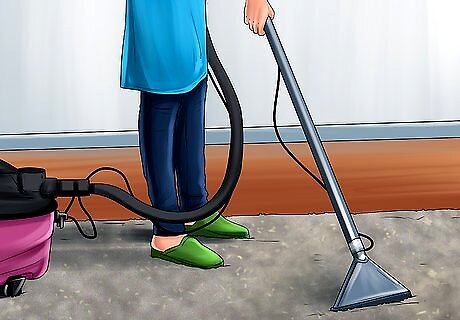
Vacuum the entire carpet carefully. Steam cleaners are meant to pull up small dirt particles that are down in the fibers of the carpet. They are not for removing hair and larger dirt pieces. Vacuum the entire room more slowly than you usually would. It is best to go over the room twice to get as much of the larger debris as possible. The second time, go over the room in the opposite direction to pick up more dirt. For extra cleaning, use a nozzle attachment to get right up to the baseboards and edges of the room. Vacuuming also fluffs up the carpet so that the steamer can clean the fibers more effectively.
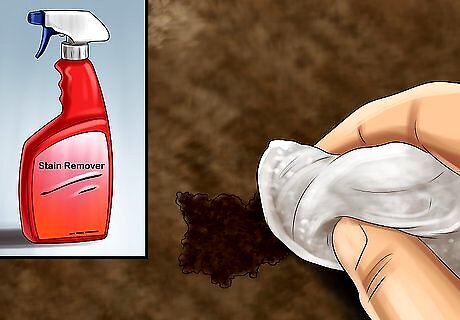
Use stain remover on specific bad spots. Steamers can’t always lift deep, set-in stains, so it’s always helpful to treat stains before steaming the carpet. Use a carpet stain remover, or other natural solutions if you prefer. Blot the stain remover up with a cloth or leave it to be sucked up by the machine. When you do this, dab at the stains with a cloth. Never scrub at stains as this can cause them to work deeper into the carpet.
Filling the Steam Cleaner
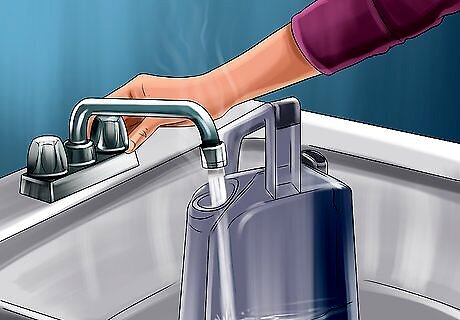
Fill the steam cleaner with hot water. Most machines have a heating mechanism for the water, but using hot water helps. Use water that is as hot as possible without actually being boiling. Only put as much water as the machine directs so that you don’t overfill the water tank. Look for a max fill line on the water tank. Some natural fiber carpet can shrink from hot water or be harmed by detergent, so always be aware of what type of carpet you are planning to steam clean.
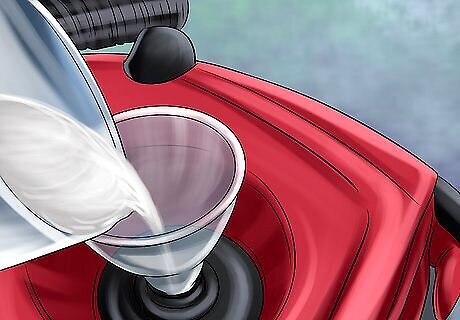
Add soap as directed. Steam cleaners usually use a detergent of some kind, so make sure to check the machine’s instructions to use the right kind. Only use the amount directed, as using too much soap will cause it to stay in the carpet. Some machines will have a specific compartment where the soap goes, and others might direct you to mix the soap into the water.
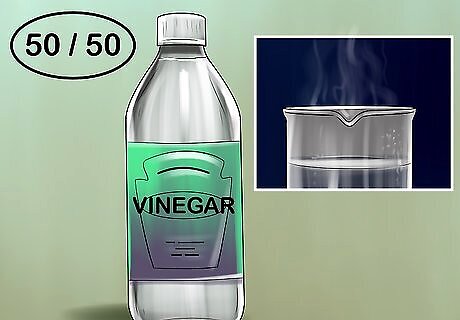
Opt for vinegar over detergent. Steam is not actually what cleans the carpet, a detergent or cleaner is. If you are sensitive to chemicals or want a natural option, vinegar is great for cleaning. Mix a 50/50 solution of vinegar with the hot water.
Steaming the Entire Carpet

Start in a corner. Find the corner that is diagonal from the door or entrance of the room. Start cleaning in the corner and slowly work yourself out of the room. If the room has an open concept or more than one entrance, you have more freedom regarding where to start. Wherever you start, don’t walk on the parts that have already been cleaned. If your steamer is one that you pull backward, put the head as close to the corner as you can. If you push the machine forward, clean a small area in the corner and then walk along the wall out of that area.
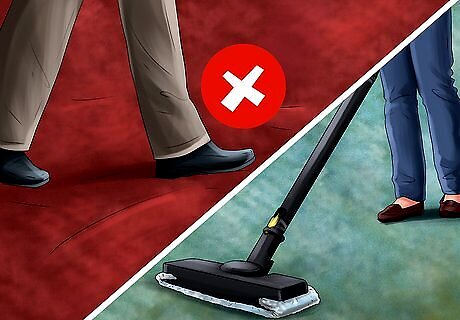
Push or pull the machine as directed. Steam cleaners put hot water on the carpet and then immediately suck up the dirty water. Some are meant to be pushed to lay water and pulled back to suck it up. Others work only by pushing or only by pulling. It is important to read the directions for your machine before you use it. However the machine works, make sure that you don’t walk on the carpet you have just cleaned. If you must walk behind the steamer on the wet carpet, do so with bare feet so your shoes don’t leave marks.
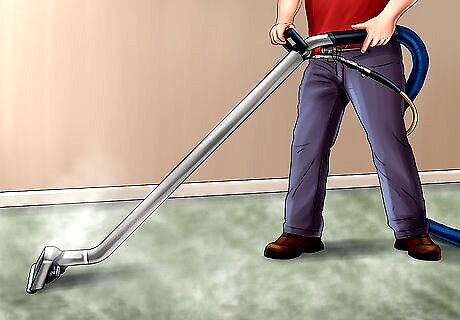
Walk the machine in long lines across the room. Steamers are most effective when you make long passes from wall to wall. Walk from the corner to the opposite wall and back. Pass over the same line twice if your steamer lays the soapy water going forward and sucks it up going backward. Don’t use short, back and forth strokes as you would with a vacuum. When you start each new line, slightly overlap the line before it to make sure you don’t leave any lines of uncleaned carpet.
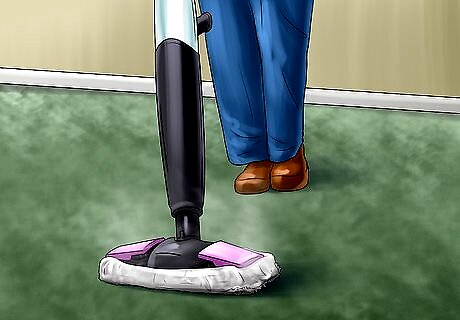
Move the machine slowly to allow it work. Steam cleaners work slower than vacuums, so moderate your speed. Pulling the machine too fast will not give it time to suck up the water, leaving your carpets wetter than they should be. It’s better to go too slow than too fast. Going too fast means you might be leaving moisture behind which could cause mold or mildew later on. As you walk in lines, a good rate is taking one step about every 2 seconds. This allows the machine plenty of time to work. If you have more time and want to clean your carpet even better, go over the area a second time, but with just warm water or a 50/50 mix of vinegar and water to remove any leftover soap.
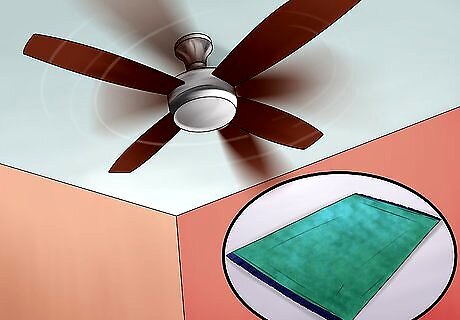
Allow the carpet to dry completely. Most carpet takes six to eight hours to dry all the way, but some may take 12-24 hours. Make sure you don’t walk on the carpet during this time. If you absolutely have to, put plastic bags over your feet so you don’t track any dirt onto the wet carpet. Place a sign at the entrance of the room to deter people from walking on it while it is wet. You can also turn on the air conditioner and ceiling fans, as well as place standing fans or floor blowers in the room to dry the carpet out faster. Alternatively, if it is relatively warm and dry outside, open up all your windows to increase air circulation.













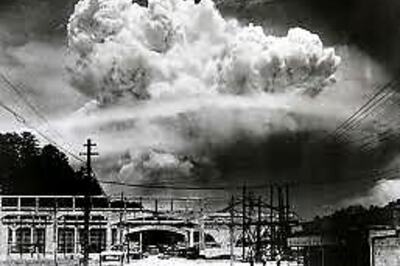




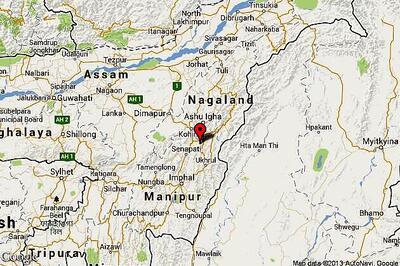

Comments
0 comment